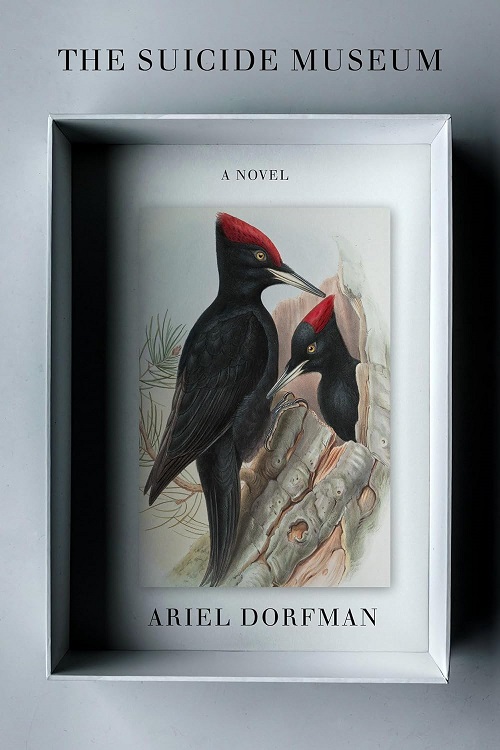Ariel Dorfman and I have a long history together. I first came across his work when I devoured How to Read Donald Duck, which he and Armand Mattelart wrote in Salvador Allende’s democratic, socialist Chile. The New England Free Press, where I was working as a printer, then distributed it as part of its political literature program. (After General Augusto Pinochet’s 1973 military coup overthrew Allende and sent Dorfman into exile, the Chilean military impounded many copies of it, burning some of them and throwing others in the ocean.) I first met Ariel in the early 1980s when I was an editor at Pantheon Books and published his pop-cultural critique of so many of the symbolic toys, books, and radio and TV shows of my own childhood, The Empire’s Old Clothes: What the Lone Ranger, Babar, and Other Innocent Heroes Do to Our Minds. Then I did Widows, his classic novel about the disappeared (in World-War-II-era Greece, though his own Chile was there by implication). In this century, I began publishing pieces of his at TomDispatch.
Only recently, I read his new… well, I don’t quite know what to call it… novel? In it, he’s the central character and his life and events in Chile (as well as the question of how Salvador Allende died and how, on an ever more embattled planet, all of us may die) are at the heart of everything. It’s both a unique and uniquely gripping book, a mix of memoir and fiction of a sort I’ve never seen before. Its title, no less gripping, is The Suicide Museum and its cover illustration is a stunning giant woodpecker. I won’t tell you more. I’ll just say that I read every one of its more than 600 pages with fascination and that I think you should get your hands on it, too. Note that, in my 22 years at TomDispatch, I’ve never put up a recommendation like this with a piece not written by the book’s author but by me, though on a subject that’s all too central to The Suicide Museum.
Tom Engelhardt
